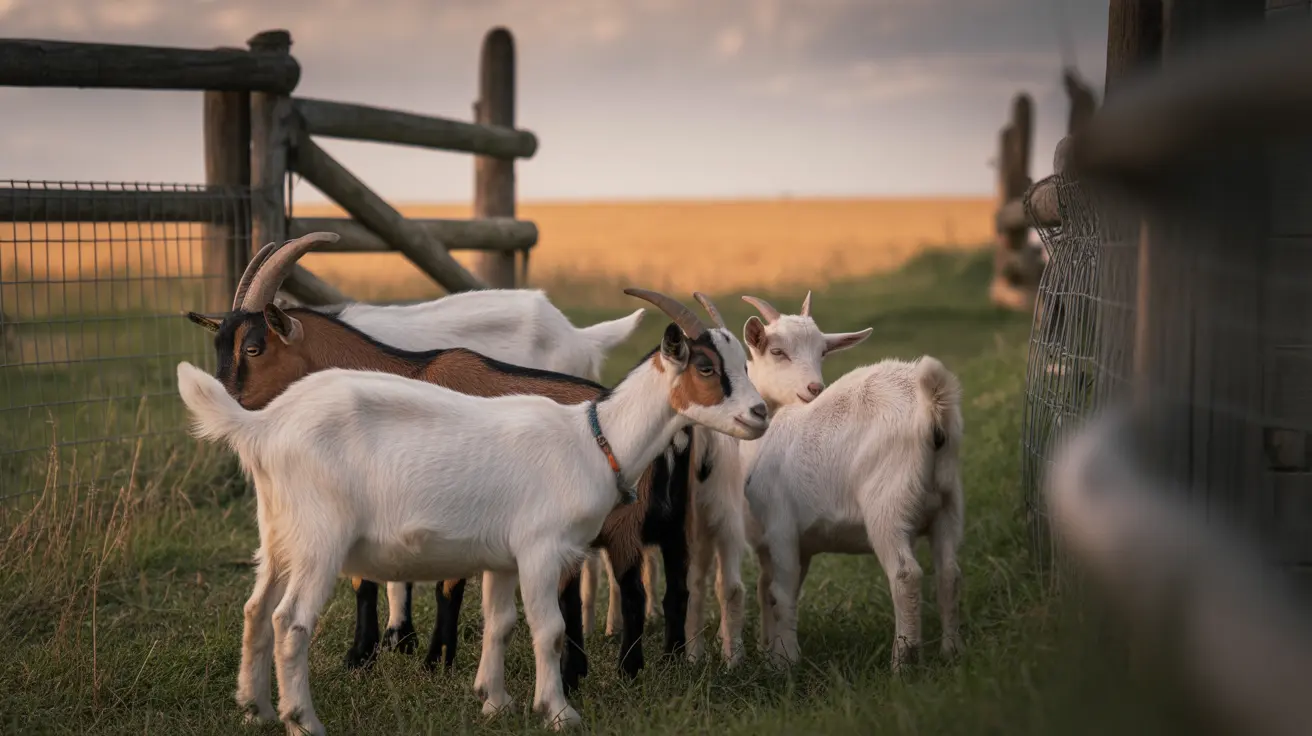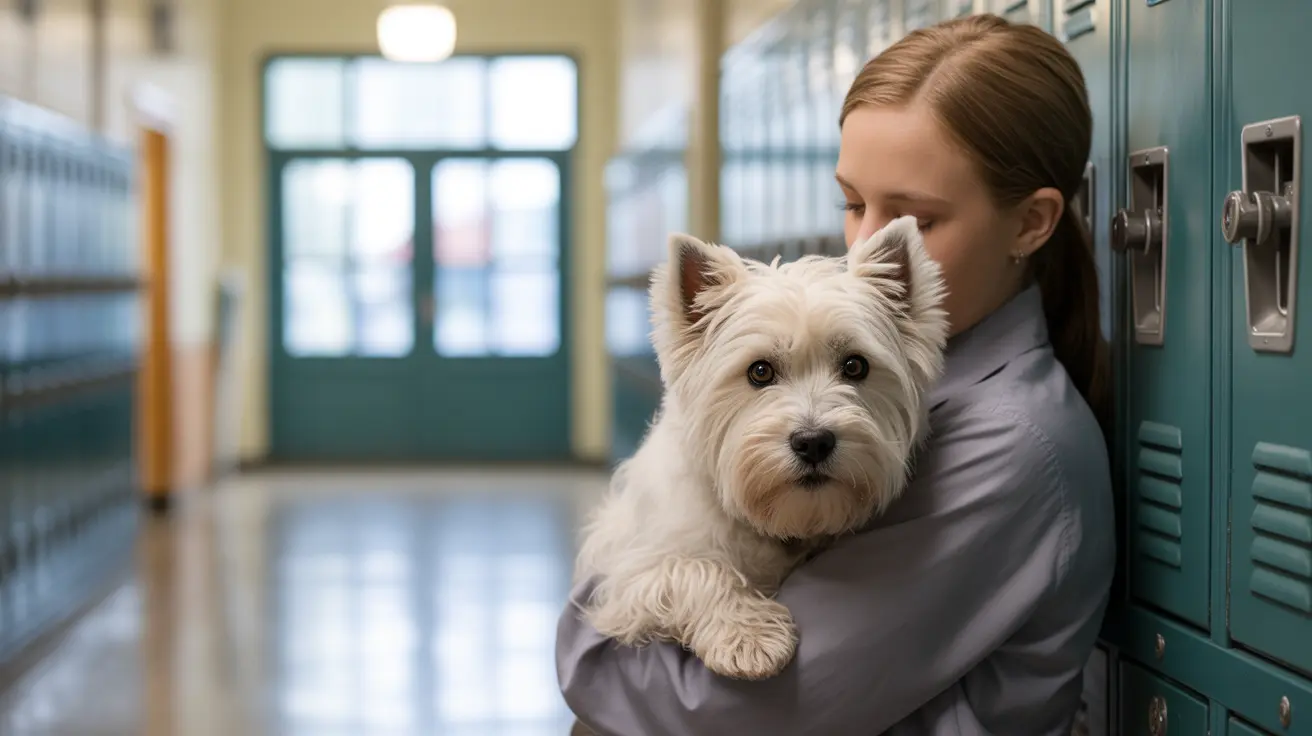Understanding How Dogs Reproduce
Dog reproduction is a fascinating natural process involving a series of biological and behavioral steps. While it might seem straightforward, there are many details—from courtship to birth—that make canine reproduction unique and worth exploring.
The Basics of Canine Reproduction
Like most mammals, dogs reproduce sexually. This means that both a male (dog) and a female (bitch) are needed for the process. The female goes through an estrous cycle, commonly called being 'in heat,' during which she is fertile and receptive to mating.
- Mating: When the female is in heat, she emits pheromones that attract males. The mating process involves mounting and copulation, often characterized by a 'tie' where the male and female remain locked together for several minutes.
- Fertilization: During copulation, the male ejaculates sperm into the female's reproductive tract. If timing aligns with ovulation, sperm fertilizes one or more eggs in the uterus.
The Estrous Cycle
The estrous cycle in dogs typically consists of four stages:
- Proestrus: Lasts about 9 days; females show swelling and bleeding but aren't ready to mate.
- Estrus: Also around 9 days; this is when females are fertile and will accept males.
- Diestrus: Lasts about 60 days; pregnancy occurs if eggs were fertilized, otherwise hormone levels decline.
- Anestrus: A resting phase before the next cycle begins.
Bitches usually come into heat twice a year, but this can vary by breed and individual dog.
Mating Behavior
Courtship behaviors include sniffing, licking, tail wagging, and playful chasing. When both dogs are ready, mating occurs—often accompanied by a distinctive 'tie,' where their bodies remain connected as semen is deposited. This tie can last from a few minutes up to half an hour (don't worry—it's normal!).
Pregnancy and Gestation
If fertilization happens, pregnancy (gestation) lasts about 58–68 days. During this time, the female may show changes in appetite, behavior, or body shape. As birth approaches, she might seek out quiet places to nest.
- Puppies develop inside their mother's uterus in individual sacs.
- Litter size varies widely—some breeds have just one or two puppies; others may have over ten!
The Birth Process (Whelping)
The act of giving birth is called whelping. Signs that it's near include restlessness, nesting behavior, and sometimes a drop in body temperature. Most dogs deliver puppies without assistance:
- Puppies emerge one at a time—each encased in its own membrane sac.
- The mother licks each puppy clean and severs the umbilical cord with her teeth.
If complications arise (like prolonged labor or distress), veterinary help may be necessary.
Caring for Newborn Puppies
- Puppies are born blind and deaf but can smell their mother immediately.
- Nursing begins right away—mother’s milk provides vital nutrients and antibodies for immunity.
Puppies grow quickly; their eyes open after about two weeks, followed by increased mobility as they learn to walk and play. Socialization with littermates teaches bite inhibition and basic canine manners.
Responsible Breeding Practices
If you're considering breeding your dog, consult with veterinarians or experienced breeders first. Responsible breeding means ensuring both parents are healthy (free from hereditary diseases), providing prenatal care for the mother, and planning for all puppies’ welfare—including finding good homes for them all!





